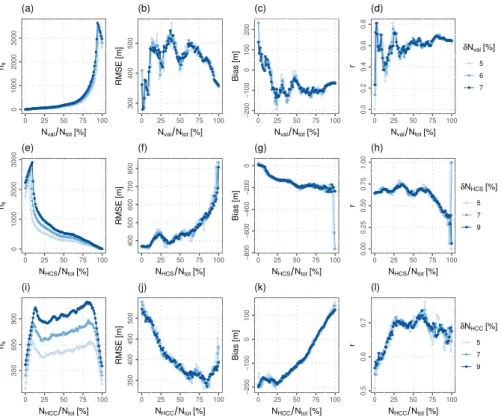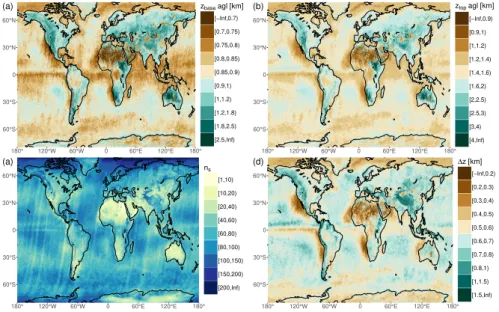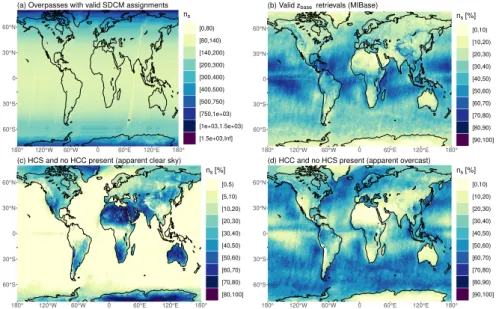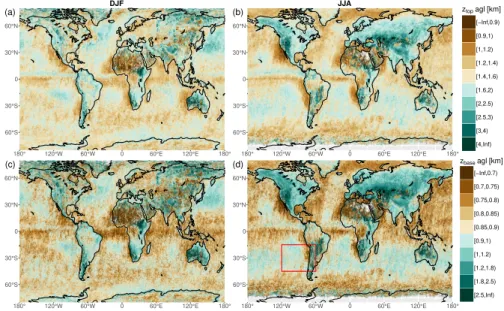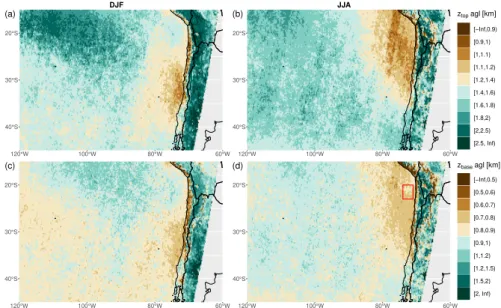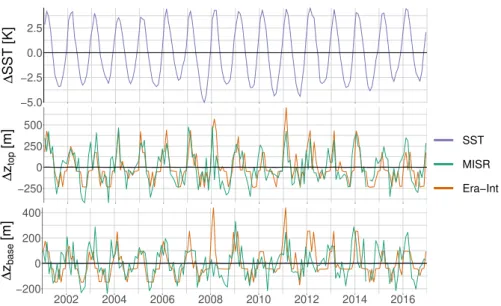AT M O S P H E R I C WAT E R S U P P LY T O T H E ATA C A M A D E S E R T F R O M N E W LY D E V E L O P E D S AT E L L I T E R E M O T E S E N S I N G T E C H N I Q U E S A N D R E A N A LY S I S i n a u g u r a l – d i s s e r t a t i o n zur erlangung
Volltext
Abbildung
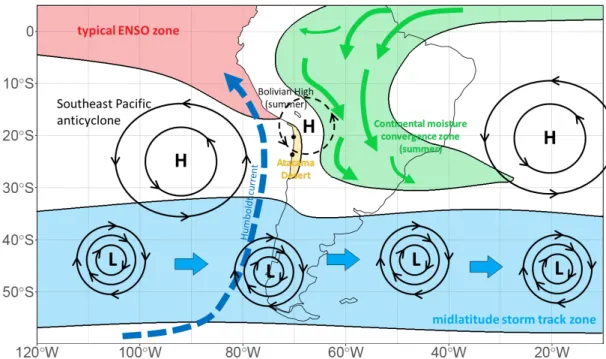
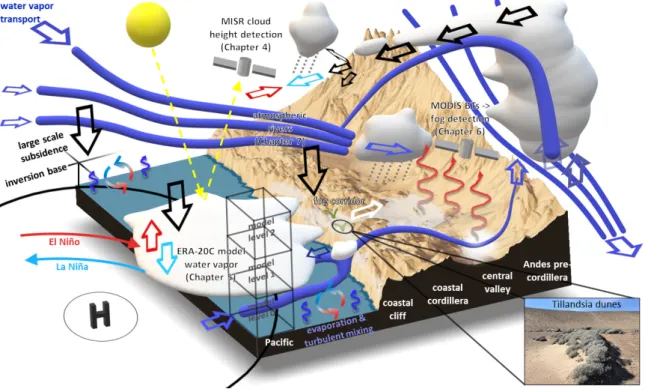
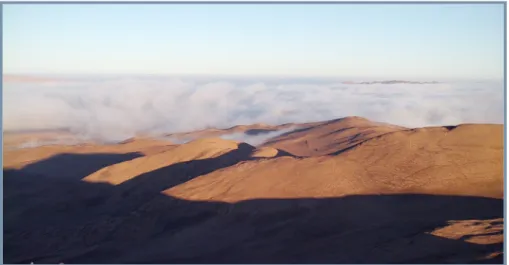
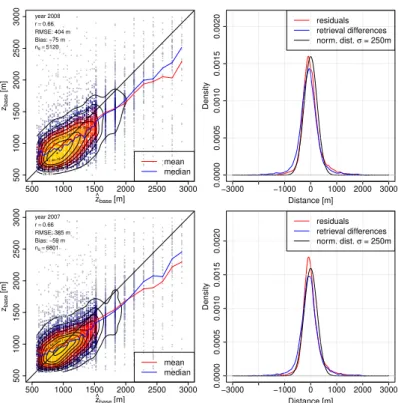
ÄHNLICHE DOKUMENTE
[r]
In spite of the similarities of the evaluative conditioning procedure to classical conditioning experiments, it has been argued that changes in meaning, attitude, or valence
(Sonderdruck aus: Die Reichsabtei Lorsch, Festschrift zum Gedenken an ihre Stiftung 764).. Schützeichel, Altfränkische Grammatik, § 84.. Bergmann, Verzeichnis, Nr.
FEIFEL, G., LOREEZ, W., ADT, M., GASTPAR, H.. Inhibition of histamine release, release of diamine oxidase or processes independent on histamine are discussed as mode
Referate der zehnten Friihjahrstagung 273 Das Fehlen des Coronareffektes kann dadurch bedingt sein, dab die Ester Carbochromen und C 132 in vitro und in vivo sehr schnell
Computer calculations show that there exist no large stable deviations from the homogeneous vortex den- sity in an annulus or cylinder; the solutions of Masson
[r]
Im Ergebnis ist daher festzuhalten: Im Rahmen der Haftung aus unerlaubter Handlung ist jeder einzelne für das von ihm an den Tag gelegte Verhalten selbst verantwortlich, so daß
